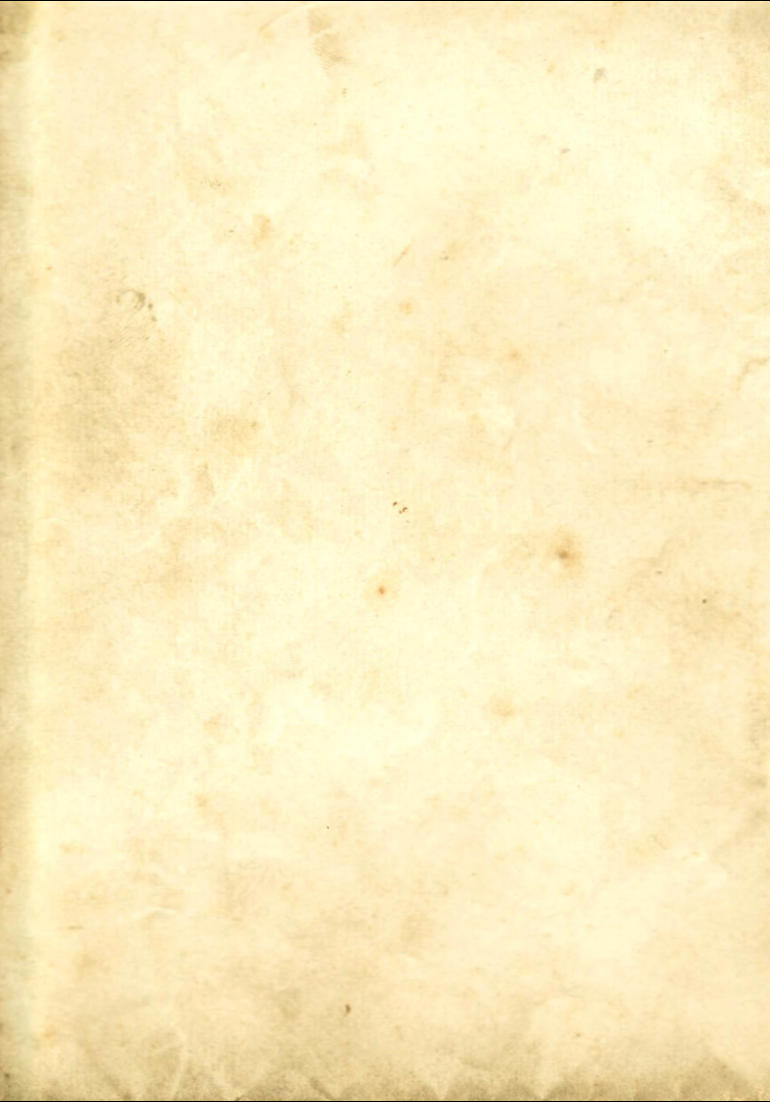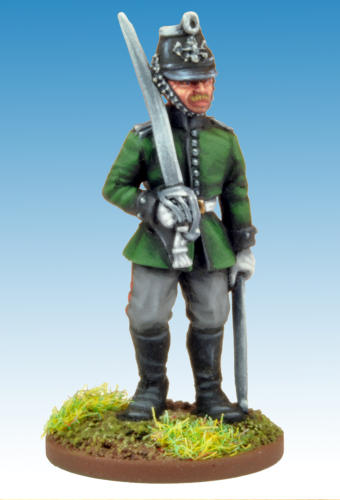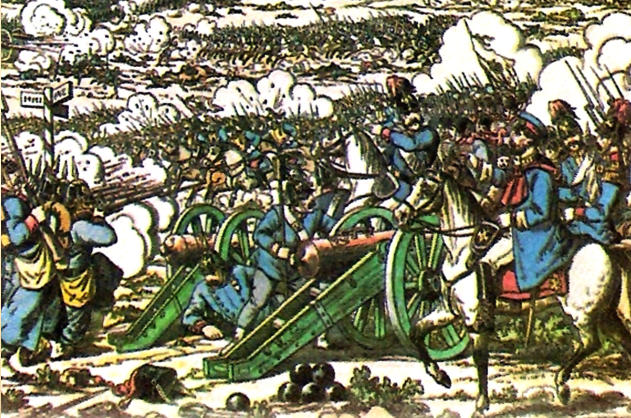Army
Lists
st

the relative strengths of the two armies were beginning to reverse. The shorter range of the Prussian artillery as
reverse. The shorter range of the Prussian artillery as compared to the Austrian was moot, while the vastly higher
compared to the Austrian was moot, while the vastly higher rate of fire from the Prussian breech-loading needle gun,
rate of fire from the Prussian breech-loading needle gun, compared to the Austrian muzzle-loading small arms and
compared to the Austrian muzzle-loading small arms and cannon were paramount. In addition the needle gun could be
cannon were paramount. In addition the needle gun could be operated while prone in defence, and while moving quickly on
operated while prone in defence, and while moving quickly on the advance, while the Austrians had to stand up after each
the advance, while the Austrians had to stand up after each shot to reload their Lorenz rifles.
shot to reload their Lorenz rifles. At 11:00 came the deciding moment of the battle; the Austrian
At 11:00 came the deciding moment of the battle; the Austrian centre began a manoeuvre to flank the Prussian 7th Division,
centre began a manoeuvre to flank the Prussian 7th Division, which had pushed back and held off nearly a quarter of the
which had pushed back and held off nearly a quarter of the Austrian army. Colonel Carl von Pöckh was sent to drive the
Austrian army. Colonel Carl von Pöckh was sent to drive the Prussians back, and with a fierce infantry charge managed to
Prussians back, and with a fierce infantry charge managed to force the 7th Division back to the outskirts of the forest.
force the 7th Division back to the outskirts of the forest. Benedek’s corps commanders pleaded with him to launch a
Benedek’s corps commanders pleaded with him to launch a counterattack to destroy the Prussian First and Elbe armies
counterattack to destroy the Prussian First and Elbe armies before the Second army arrived, but Benedek declined to act,
before the Second army arrived, but Benedek declined to act, letting the opportune moment slip by. However, the tide of
letting the opportune moment slip by. However, the tide of battle was about to turn, as flanking fire raked Pöckh’s
battle was about to turn, as flanking fire raked Pöckh’s battalion, annihilating it as a fighting force and killing its
battalion, annihilating it as a fighting force and killing its commander. The fire came from the first elements of the
commander. The fire came from the first elements of the crown prince’s army as they arrived, and the 8th Division
crown prince’s army as they arrived, and the 8th Division stiffened the Prussian centre to hold off the Austrian thrusts.
stiffened the Prussian centre to hold off the Austrian thrusts. While divisions from the Austrian II and IV Corps were
While divisions from the Austrian II and IV Corps were committed to the fighting, there was no decisive infantry
committed to the fighting, there was no decisive infantry charge, nor did the Prussians present a flank that could be
charge, nor did the Prussians present a flank that could be attacked with cavalry. The Austrians were caught having
attacked with cavalry. The Austrians were caught having moved from their defensive position to attack, and their right
moved from their defensive position to attack, and their right flank was exposed to the arriving Prussian infantry.
flank was exposed to the arriving Prussian infantry.
 reverse. The shorter range of the Prussian artillery as
reverse. The shorter range of the Prussian artillery as compared to the Austrian was moot, while the vastly higher
compared to the Austrian was moot, while the vastly higher rate of fire from the Prussian breech-loading needle gun,
rate of fire from the Prussian breech-loading needle gun, compared to the Austrian muzzle-loading small arms and
compared to the Austrian muzzle-loading small arms and cannon were paramount. In addition the needle gun could be
cannon were paramount. In addition the needle gun could be operated while prone in defence, and while moving quickly on
operated while prone in defence, and while moving quickly on the advance, while the Austrians had to stand up after each
the advance, while the Austrians had to stand up after each shot to reload their Lorenz rifles.
shot to reload their Lorenz rifles. At 11:00 came the deciding moment of the battle; the Austrian
At 11:00 came the deciding moment of the battle; the Austrian centre began a manoeuvre to flank the Prussian 7th Division,
centre began a manoeuvre to flank the Prussian 7th Division, which had pushed back and held off nearly a quarter of the
which had pushed back and held off nearly a quarter of the Austrian army. Colonel Carl von Pöckh was sent to drive the
Austrian army. Colonel Carl von Pöckh was sent to drive the Prussians back, and with a fierce infantry charge managed to
Prussians back, and with a fierce infantry charge managed to force the 7th Division back to the outskirts of the forest.
force the 7th Division back to the outskirts of the forest. Benedek’s corps commanders pleaded with him to launch a
Benedek’s corps commanders pleaded with him to launch a counterattack to destroy the Prussian First and Elbe armies
counterattack to destroy the Prussian First and Elbe armies before the Second army arrived, but Benedek declined to act,
before the Second army arrived, but Benedek declined to act, letting the opportune moment slip by. However, the tide of
letting the opportune moment slip by. However, the tide of battle was about to turn, as flanking fire raked Pöckh’s
battle was about to turn, as flanking fire raked Pöckh’s battalion, annihilating it as a fighting force and killing its
battalion, annihilating it as a fighting force and killing its commander. The fire came from the first elements of the
commander. The fire came from the first elements of the crown prince’s army as they arrived, and the 8th Division
crown prince’s army as they arrived, and the 8th Division stiffened the Prussian centre to hold off the Austrian thrusts.
stiffened the Prussian centre to hold off the Austrian thrusts. While divisions from the Austrian II and IV Corps were
While divisions from the Austrian II and IV Corps were committed to the fighting, there was no decisive infantry
committed to the fighting, there was no decisive infantry charge, nor did the Prussians present a flank that could be
charge, nor did the Prussians present a flank that could be attacked with cavalry. The Austrians were caught having
attacked with cavalry. The Austrians were caught having moved from their defensive position to attack, and their right
moved from their defensive position to attack, and their right flank was exposed to the arriving Prussian infantry.
flank was exposed to the arriving Prussian infantry.
Above. Prussian Jager Officer.
Right.
Prussians
at the
Battle of
Königgrätz,
1866
Batalha de
Sadowa.
United
States
public
domain.
Wikimedia
Commons.


































